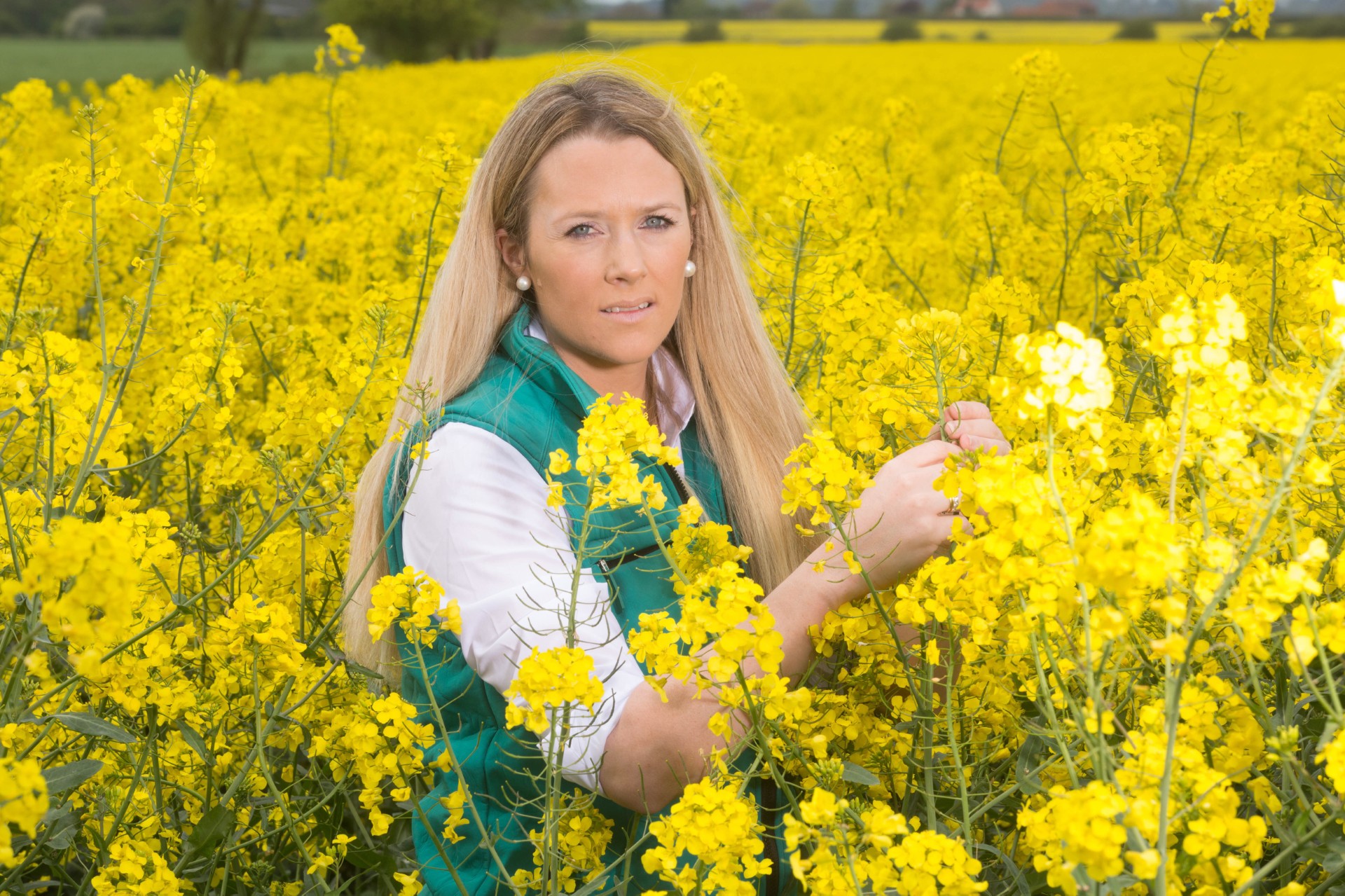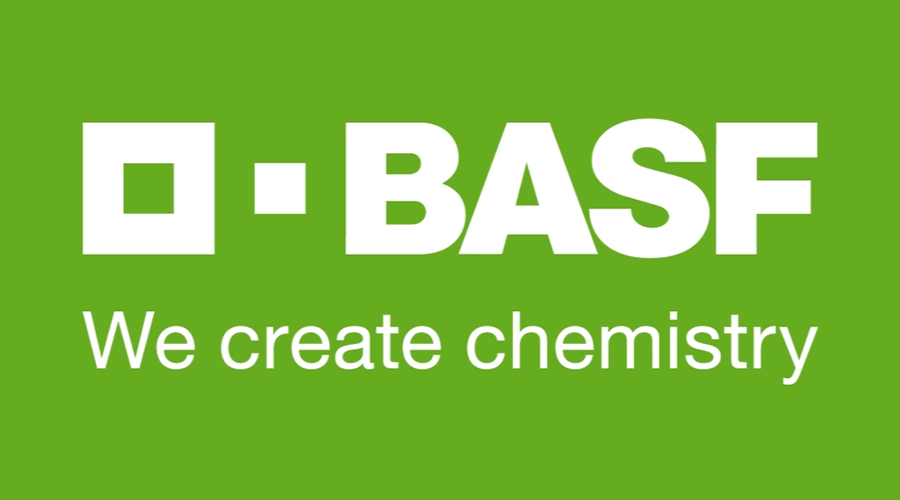Currently there is a good market for oilseed rape from both price and demand standpoints and given that many growers are familiar with this agronomically beneficial break crop there are many good reasons to consider giving it a place in the rotation.
Huge demand
The UK is not self-sufficient in its oilseed rape (OSR) production. James Webster Senior Agribusiness Analyst, The Andersons Centre, said, “With lower areas of the crop in both the EU and UK recently, generally supply is tighter, which is starting to make OSR look attractive again to the UK grower.
USDA forecasts are indicating that the amount produced domestically this harvest and the amount which has to be imported will both be in the region of 875 000 t.”
This demand for the crop, which is not necessarily true for other break crops, coupled with a well-established infrastructure built around the marketing and processing of a crop which many growers are familiar with, makes it a break crop worthy of consideration in future rotations.
Financially positive
“The price of OSR is £395-405 ex farm for 2024 and 2025 harvest,” said James, “And with the addition of quality bonuses for admixture, and oil and moisture content which growers can achieve, makes a convincing financial case for growing OSR.
One of the challenges of late, for all break crops, had been the sustainable farming incentive (SFI) options, which like any other enterprise have to be carefully looked at and fully costed out.
A lot of the rotational options had the potential to take area away from unprofitable break crops but under the 2024 SFI schemes, rolled out from 22nd July you will no longer be able to rotate those options around your farm in the same way as many are now static and have to be in place for 3 years. A cereal and break crop rotation is going to outcompete the value of a 3-year legume fallow, so that puts much more positivity into the traditional break crop,” said James.
There are now also in-crop SFI payments which growers can access. James added, “Stacking various SFI actions, many of which growers are already doing in their OSR crops, can mount up, providing additional payments alongside growing the crop.”
Agronomic benefits
There are many agronomic benefits associated with growing OSR. Clare Tucker, BASF OSR technical specialist said, “As a true break crop it enhances yield in the following cereal crop.
OSR is often drilled early, and so harvested earlier, which helps to spread the workload. This also reduces the farm’s overall weather risk, making the rotation more resilient, which is so important in the face of the changing weather patterns.
This relatively early harvest enables growers to target grass weeds by using stale seedbed techniques before the winter wheat crops are established and allows a different set of herbicides to be used in the rotation.”
OSR also brings environmental benefits; in the autumn the growing crop mops up nitrogen from the soil, decreasing the risk of overwinter leaching and potentially allows for a reduction in nitrogen applied in spring.”
Breeding
“While few could ignore the problems many growers have experienced with growing OSR since the neonicotinoid ban,” says DSV’s Sarah Hawthorne. “With each year that goes by we’re building up knowledge around the issues of establishment in difficult years and this, combined with new varieties, will only increase the crop’s viability in the future.
We put a lot of effort into developing varieties capable of delivering high performance in a range of growing scenarios, with our PNN (post-neonicotinoid) genetics underpinning much of our current OSR portfolio.
All our breeding is based on the process of hybridisation as this allows us to develop stronger varieties, more able to thrive in the current challenging conditions than is possible with conventional breeding. We have built a strong reputation for varieties that establish strongly with a high level of sheer ‘get up and go.’”
DSV trials have shown their hybrids consistently produce 15% more root mass than conventional varieties. Sarah said, “Not only does this help anchor plants, but it also gives them much greater resistance to abiotic stress and leads to a higher green area index and improved photosynthetic potential. Other potential benefits include better yields, more stable oil contents, a wider range of drilling dates and the opportunity to use reduced seed rates.”
Reduce the risk with Clearfield®
The development of Clearfield® oilseed rape varieties has been an important part of DSV’s breeding strategy for some years and they were first company to produce these varieties without the yield penalties seen previously. “DSV Matrix CL remains the highest yielding Clearfield® variety on the current AHDB Recommended List (RL) with DSV Beatrix CL in second place followed by our latest variety DSV Miraculix CL,” said Sarah.
DSV Matrix CL was DSV’s first quad-layered variety to join the RL combining Clearfield ® technology with four highly desirable traits: turnip yellow virus (TUYV), RLM7+ phoma stem canker and pod shatter resistances.
Greater flexibility
In Herefordshire Mark Wood, manager of Clay Farms is growing 190 ha of OSR, in his 1400ha combinable crops rotation, all of which is the Clearfield® variety DSV Matrix CL.
Mark said, “We started to have issues with weed brassicas, radish, charlock, runch and hedge mustard, which the Clearfield® variety and herbicide can deal with and, we can also delay our herbicide decisions to make sure we have got a crop there. This means we don‘t have to go in with pre-ems, commit fully and spend a lot on a crop which might not grow because of cabbage stem flea beetle (csfb). We grow Clearfield® because it gives us greater flexibility.”
Moisture needed but no insecticides
Mark has found the most important things when dealing with csfb in the establishing crop are moisture at drilling and not using insecticides.
“There has got to be moisture to get the crop up and going, we want to have a very vigorous crop so we will help with nutrition – chicken manure or artificial fertiliser, which we will place in the seedbed so it’s there when the crop starts germinating.”
Mark has stopped using insecticides on OSR. “Since then we seem to have got better results, our beneficials seem to keep on top of the csfb. The less insecticide we have used the less we feel we need to use.”
Highest gross margin break crop
Historically winter oilseed rape has been the highest gross margin break crop for Mark.
“It gives a nice break away from wheat and whilst it has become more problematic recently with the trials and tribulations of csfb, we have persevered with it. We find OSR helps spread the workload with earlier planting and harvest and gives us a good opportunity to control troublesome weeds.”
Ideally, drilling is done in the 1st week of September but can be in August depending on the season and what land is available. When it comes to establishment, Mark does whatever each field needs. “Some we subsoil and plant straight into, others are cultivated and others are drilled directly with a strip till drill. It all depends on the ground.”

